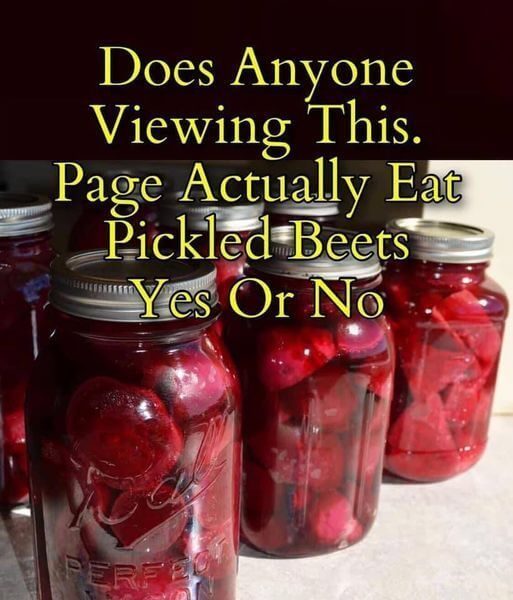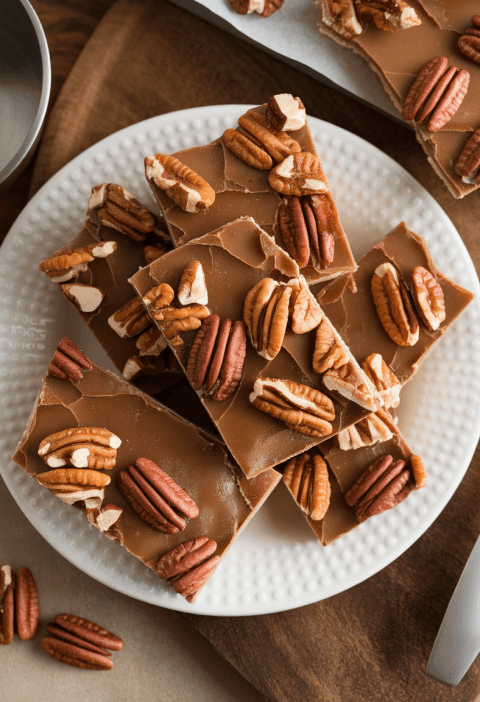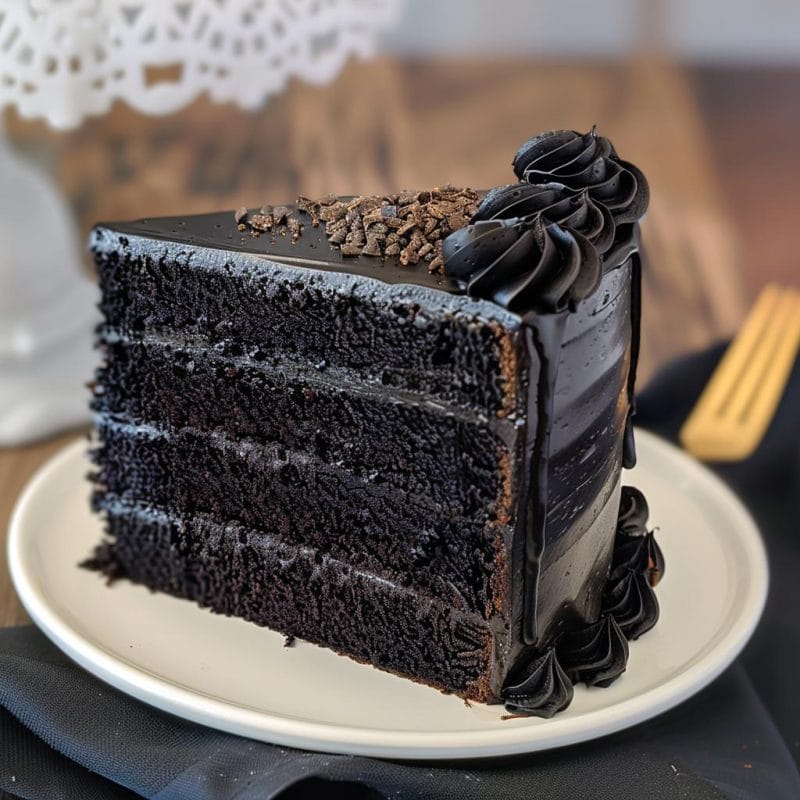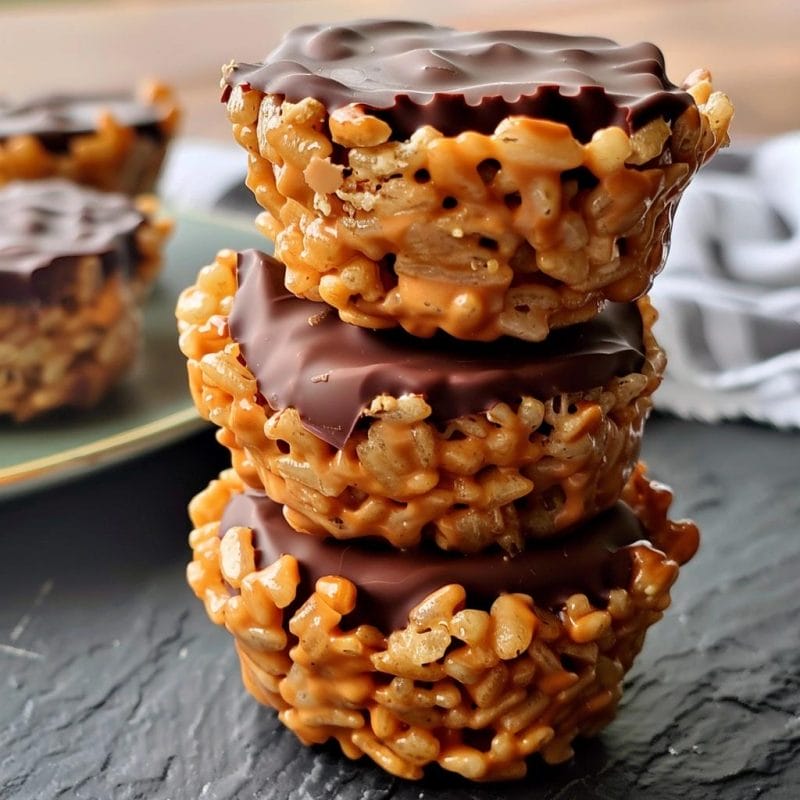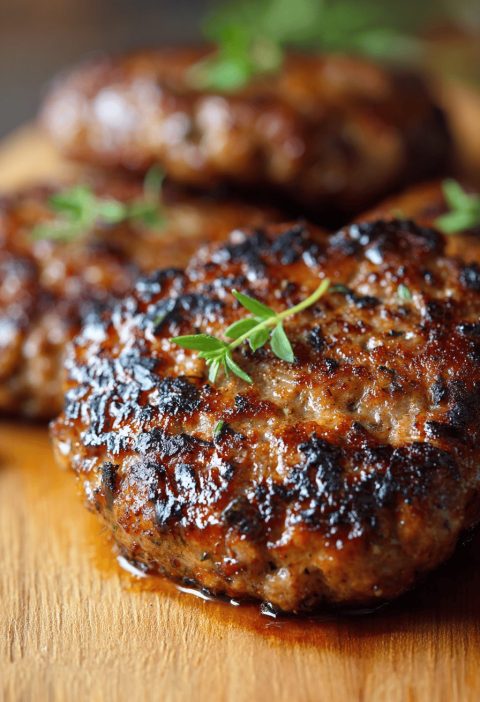Would you like to save this?
Pickling beets is more than just a method of preservation; it’s a way of connecting with a past rich in flavor and tradition. The recipe below guides you through creating your own jars of pickled beets, offering you a taste of nostalgia with every bite. This recipe is straightforward and perfect for both novice and experienced preservers, yielding jars of beets that are both beautiful and delicious.
Ingredients
10 pounds fresh small beets, stems removed
2 cups white sugar
1 tablespoon pickling salt
1 quart white vinegar
¼ cup whole cloves
Directions
Step 1: Preparing the Beets
Boil the Beets:
Place the beets in a large stockpot, ensuring there’s enough water to cover them completely. Bring the pot to a boil over high heat.
Once boiling, reduce the heat to medium and cook the beets until they are tender. This usually takes about 15 minutes, but cooking times may vary depending on the size of the beets. Smaller beets will cook more quickly than larger ones.
If the beets are large, it’s best to cut them into quarters to ensure even cooking. Check for tenderness by piercing a beet with a fork or knife. The fork should slide in easily when the beets are done.
Cool and Peel:
Drain the beets, reserving 2 cups of the beet cooking water. This beet water will be used later in the pickling brine, adding depth of flavor.
Allow the beets to cool until they are comfortable to handle. The skins should peel off easily; you can use your hands or a paper towel to rub the skins off. If necessary, use a paring knife to remove any stubborn bits.
Step 2: Sterilizing Jars
Prepare Jars and Lids:
Sterilizing the jars is crucial for ensuring that your pickled beets stay fresh and safe. Place the jars and lids in a large pot of boiling water for at least 10 minutes. This process eliminates any bacteria or impurities that could spoil the beets.
After sterilizing, carefully remove the jars and lids from the pot and place them on a clean, dry towel to air dry.
Pack the Jars:
Fill each sterilized jar with the prepared beets. You may need to pack them tightly, but be sure to leave some space at the top of the jar. Add several whole cloves to each jar for flavor and aroma.
Step 3: Making the Brine
Combine Ingredients:
In a large saucepan, combine 2 cups of white sugar, the reserved 2 cups of beet water, 1 quart of white vinegar, and 1 tablespoon of pickling salt.
Stir the mixture until the sugar and salt are completely dissolved.
Bring to a Boil:
Place the saucepan over medium-high heat and bring the brine to a rapid boil. The boiling will help to meld the flavors and dissolve the sugar and salt completely.
Step 4: Canning the Beets
Pour Brine Over Beets:
Once the brine has reached a rolling boil, carefully pour it over the beets in the jars. Make sure to cover the beets completely with the hot brine, leaving about 1/2 inch of space at the top of each jar.
Seal the Jars:
Wipe the rims of the jars with a clean cloth to remove any residue that could prevent a proper seal. Place the sterilized lids on the jars and screw on the metal bands until they are fingertip-tight.
Process the Jars:
Place a rack in the bottom of a large stockpot and fill the pot halfway with water. Bring the water to a boil over high heat.
Using a jar lifter or tongs, carefully lower the jars into the boiling water. Ensure there is at least 2 inches of space between the jars.
If necessary, add more boiling water until the water level is at least 1 inch above the tops of the jars.
Cover the pot and process the jars in the boiling water for 10 minutes. This step helps to ensure that the jars are sealed and the contents are preserved properly.
Cool and Store:
After processing, remove the jars from the pot and place them on a clean towel or cooling rack. Allow the jars to cool completely at room temperature.
Check the seals by pressing down in the center of each lid. If the lid doesn’t pop back, the jar has sealed properly. If any jars haven’t sealed, refrigerate them and use them within a few weeks.
Variations and Substitutions
Different Spices:
Feel free to experiment with additional spices in the brine, such as cinnamon sticks, allspice berries, or mustard seeds. These can add unique flavors to the pickled beets.
Sweetness Level: Adjust the amount of sugar in the brine to suit your taste. For a less sweet pickle, reduce the sugar or substitute with a natural sweetener like maple syrup.
Vinegar Options: If you prefer a different vinegar flavor, you can substitute apple cider vinegar for the white vinegar. This will add a slightly different taste to the pickling brine.
Conclusion
Pickled beets are more than just a side dish—they are a taste of tradition, a splash of color on your plate, and a delightful addition to any meal. This recipe allows you to recreate the cherished flavors of home-preserved beets with a modern twist. The vibrant color and tangy-sweet flavor make pickled beets a versatile treat, perfect for snacking, adding to salads, or serving alongside roasted meats.
The process of making pickled beets is both enjoyable and rewarding, offering a satisfying sense of accomplishment. As you prepare and process your jars, you’ll find yourself anticipating the moment when you can crack open a jar and enjoy the fruits of your labor. Whether you’re a seasoned canner or a beginner looking to try your hand at preserving, this recipe provides an accessible and delicious way to enjoy the flavors of summer all year long.

